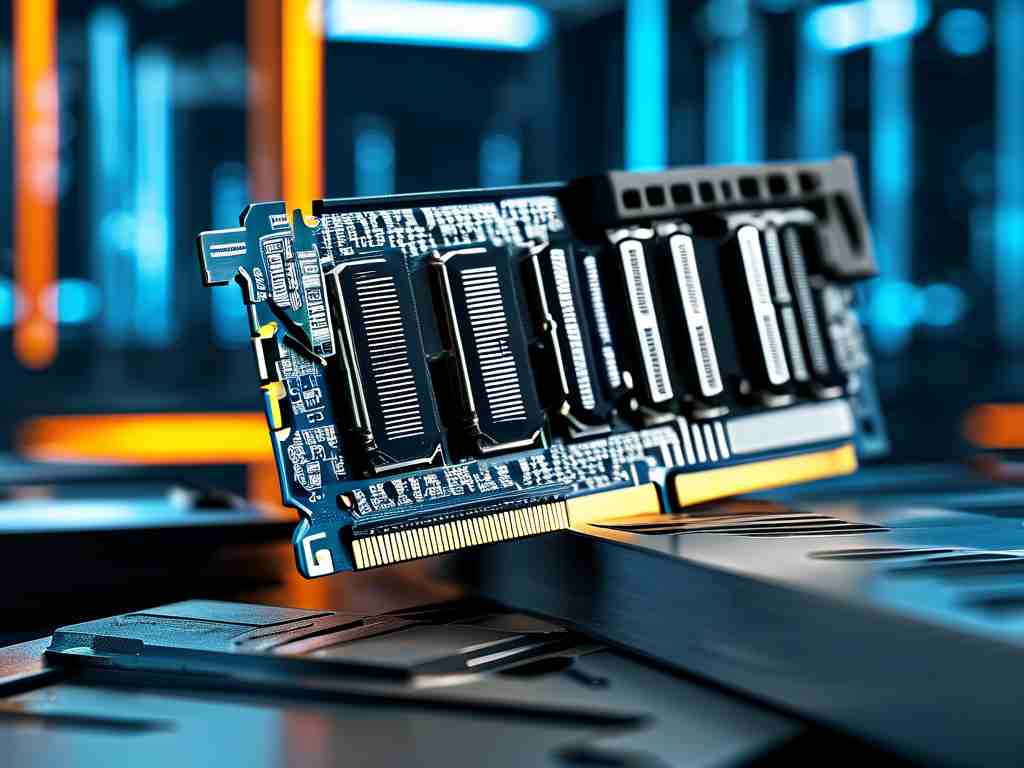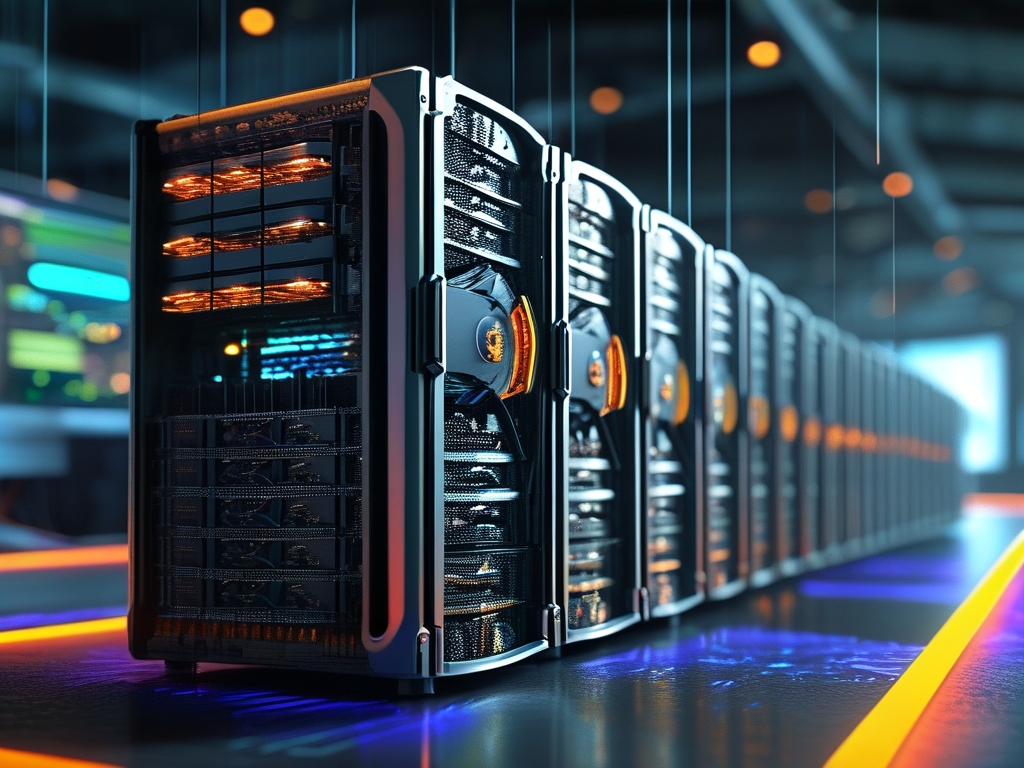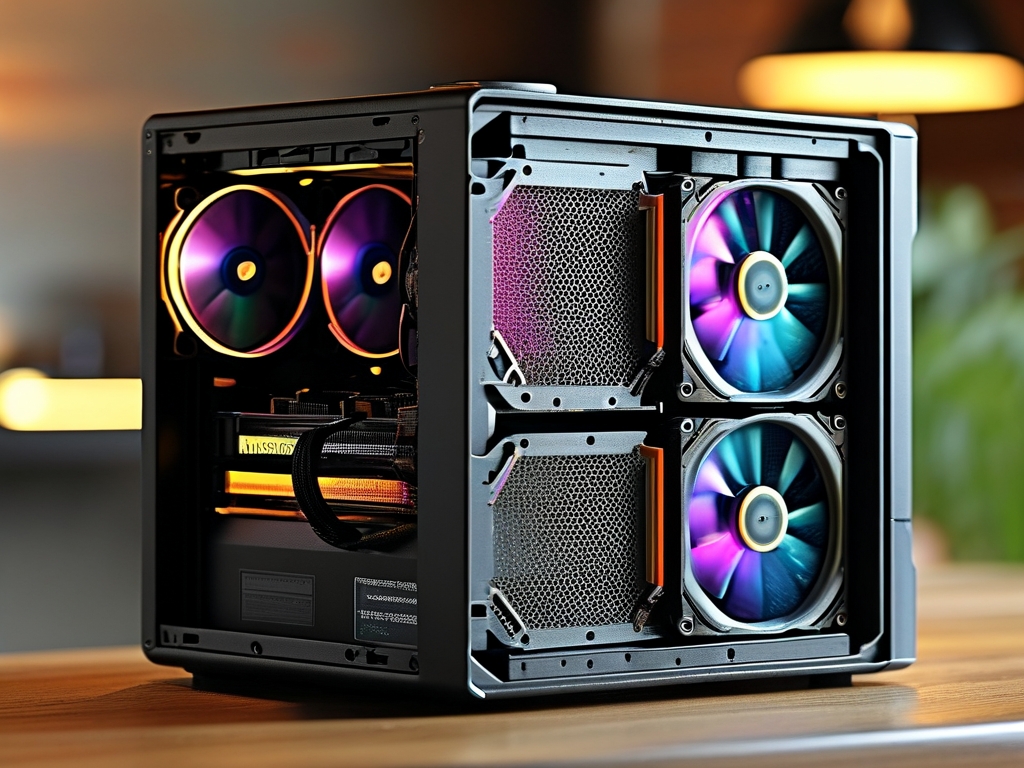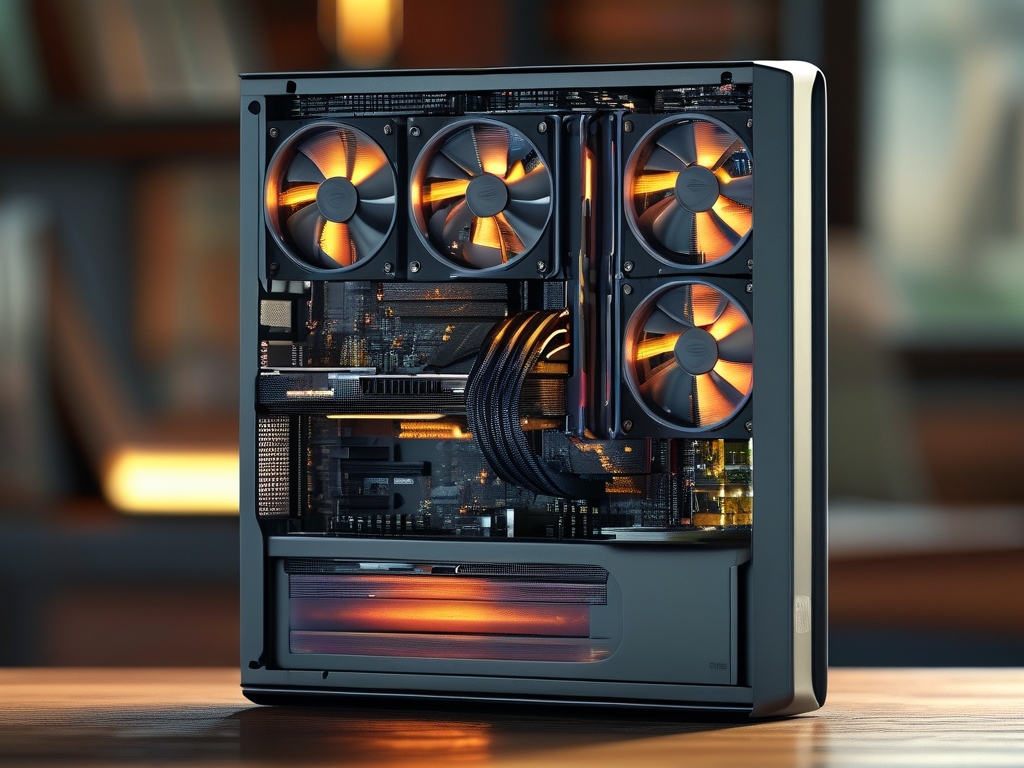In the realm of data processing and storage, two fundamental approaches have shaped modern computing: in-memory computing and disk-based computing. While both aim to manage and analyze data, they differ significantly in architecture, performance, and use cases. This article explores whether these two paradigms are truly interchangeable or if they serve distinct purposes in today’s technology landscape.
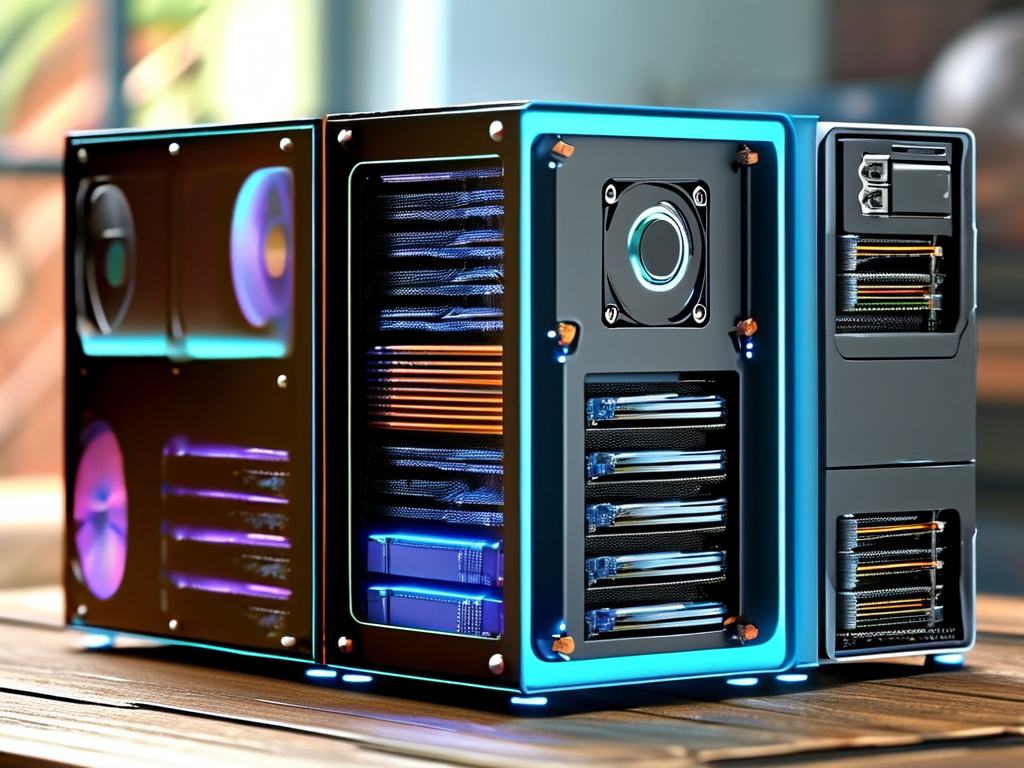
1. Fundamental Differences
In-memory computing relies on storing and processing data within a system’s Random Access Memory (RAM). This approach eliminates the need to read or write data from slower storage devices like hard disks or solid-state drives (SSDs). By keeping data in RAM, operations such as queries, calculations, and analytics execute at near-instantaneous speeds.
Disk-based computing, on the other hand, depends on persistent storage media (e.g., HDDs or SSDs) to retain data. When processing requests occur, data must be loaded from disks into memory, introducing latency due to mechanical read/write operations or slower I/O interfaces.
2. Performance Comparison
The most glaring difference lies in speed. In-memory computing operates at nanosecond latency levels, leveraging RAM’s ability to deliver data at rates exceeding 10 GB/s. This makes it ideal for real-time applications like financial trading systems, gaming leaderboards, or IoT analytics.
Disk-based systems, even with modern SSDs, typically max out at 500 MB/s to 5 GB/s for sequential reads/writes. Random access times are significantly slower due to physical limitations, making them unsuitable for latency-sensitive tasks.
3. Cost and Scalability
In-memory computing’s Achilles’ heel is cost. RAM remains far more expensive per gigabyte than disk storage. For example, 1TB of DDR4 RAM costs roughly $3,000–$5,000, whereas a 1TB SSD retails for under $100. This makes scaling in-memory systems prohibitively expensive for large datasets.
Disk-based systems excel in storage density and affordability. Enterprises can store petabytes of data on disks at a fraction of the cost of equivalent RAM capacity. However, this economy comes at the expense of slower performance.
4. Data Persistence and Reliability
RAM is volatile—power loss erases all data. In-memory systems often incorporate redundancy (e.g., replication across nodes) or hybrid architectures that periodically sync data to disks. Disk-based storage, by contrast, is inherently persistent, ensuring data survives reboots or outages.
5. Use Cases
-
In-memory computing shines in:
- Real-time analytics (e.g., fraud detection)
- High-frequency trading platforms
- Caching layers for web applications
- Machine learning inference engines
-
Disk-based computing dominates:
- Archival storage (e.g., historical records)
- Batch processing (e.g., overnight reports)
- Applications prioritizing cost over speed
6. Hybrid Approaches
Modern systems often blend both paradigms. For instance, Apache Spark uses in-memory processing for iterative algorithms while spilling excess data to disks. Databases like Redis offer hybrid modes where "hot" data resides in RAM, while "cold" data moves to disks.
7. The Future of Computing
Advancements in non-volatile memory (e.g., Intel Optane) blur the line between RAM and disks by offering persistent, high-speed storage. Meanwhile, cloud providers now offer in-memory services (e.g., AWS ElastiCache) at scalable prices, democratizing access to RAM-driven performance.
In-memory and disk-based computing are not interchangeable—they complement each other. The choice depends on specific needs: speed vs. cost, volatility vs. persistence, and real-time vs. batch processing. As hardware evolves, the boundary between these paradigms may soften, but their core philosophies will remain vital to solving diverse computational challenges.




